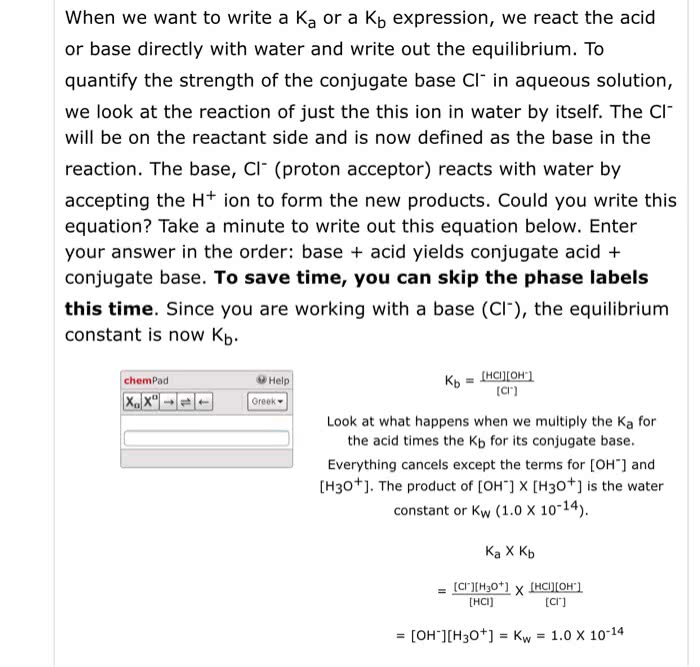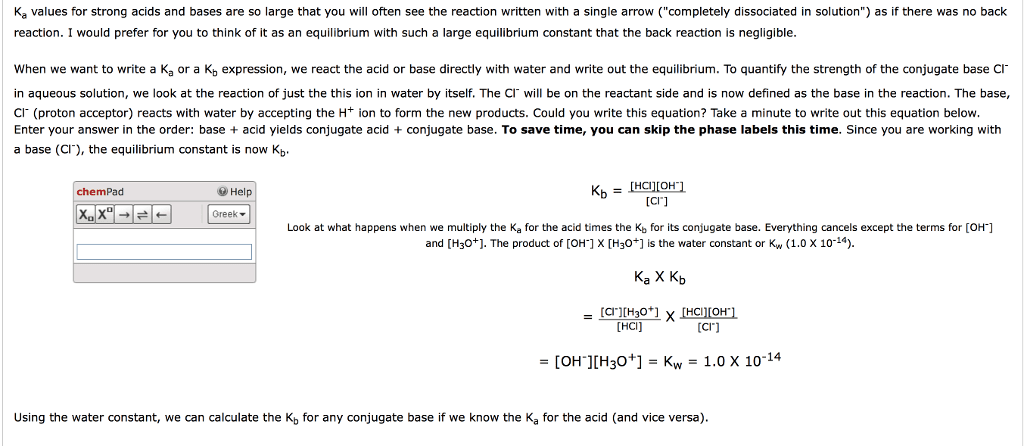CHEM 101A Chapter Notes - Chapter 9: Acetic Acid, Ion, Acid Strength
Document Summary
One molecule of h2o donates a proton h+ which forms the conjugate base oh- One molecule of h2o accepts a proton and forms the conjugate h3o+ Equilibrium favors reactants when h2o is much weaker than the conjugate acid h3o+ Concentrations of h3o+ and oh- are equal in pure water. The product [h3o+][oh-] is a constant 1. 0 x 10^-14 for all aqueous solutions at 25 degrees. [h3o+] =[oh-]= 1. 0 x 10^-7 m at 25 degrees celsius celsius. Value of kw applies to any aqueous solution, not just pure water. Calculating [oh-] when you know [h3o+] calculating [h3o+] when you know [oh-] [oh-] = 1. 0 x 10^-14 / [h3o+] [h3o+] = 1. 0 x 10^-14 / [oh-] If the concentration of h3o+ in a cup of coffee is 1. 0 x 10^-5m, calculate [oh-] Pure water and any solution with an equal concentration of h3o+ and oh- ions (1. o x 10^-7) is. In an acidic solution [h3o+] > [oh-] and [h3o+] > 10^-7 m.




